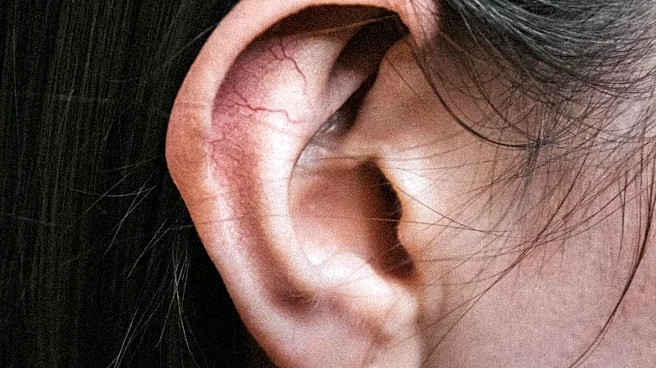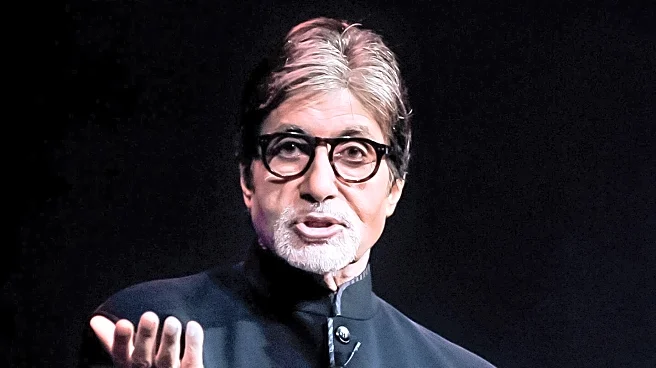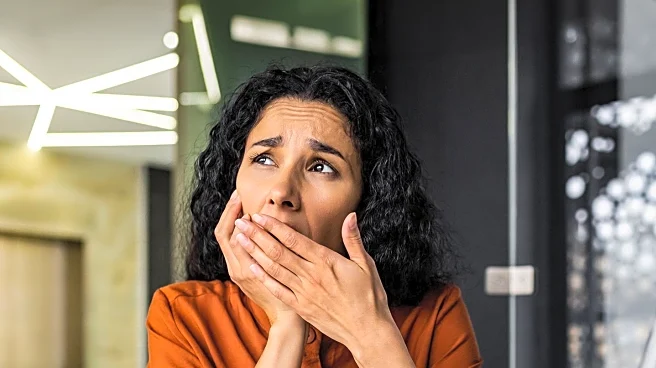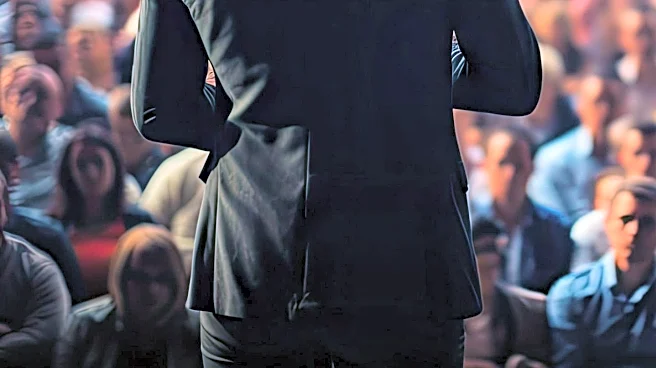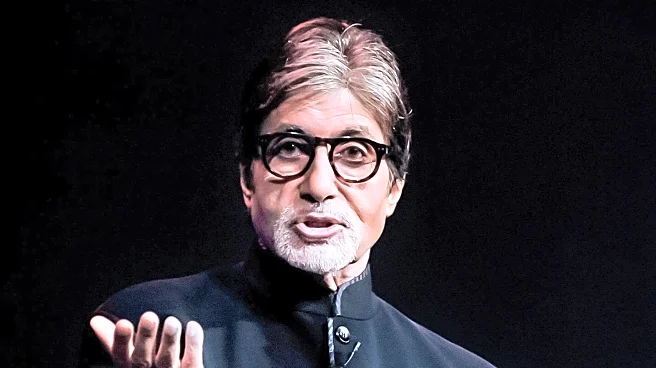What's Happening?
Arash Javanbakht, a psychiatrist from Wayne State University, delves into the psychological aspects of fear and anxiety, particularly in the context of horror movies. Javanbakht, who authored the book 'Afraid,' discusses the historical role of fear in human survival and its modern manifestations. He explains that while fear historically helped humans avoid predators, today it can manifest in less tangible ways, such as anxiety over potential dangers. Javanbakht suggests that horror movies can serve a therapeutic role for some individuals, providing a controlled environment where they can confront and manage their fears. This exploration is part of an episode produced by NPR's Short Wave, which examines why some people are drawn to scary movies and haunted houses.
Why It's Important?
Understanding the psychological impact of horror movies is significant as it highlights how media can influence mental health. For individuals with anxiety, horror films may offer a unique form of therapy, allowing them to experience fear in a controlled setting and potentially reduce anxiety symptoms. This insight can inform mental health professionals and media creators about the potential benefits of horror films beyond entertainment. It also opens discussions on how different forms of media can be used to address psychological issues, offering new avenues for therapeutic practices.
What's Next?
Further research into the therapeutic effects of horror movies could lead to new approaches in mental health treatment, particularly for anxiety disorders. Mental health professionals might explore incorporating media-based therapy into their practices, using horror films as a tool for exposure therapy. Additionally, the entertainment industry may consider these findings when producing horror content, potentially marketing films as not only entertainment but also as a form of psychological engagement.
Beyond the Headlines
The exploration of fear and anxiety through horror movies touches on broader cultural and ethical dimensions. It raises questions about the responsibility of filmmakers in portraying fear and the potential impact on vulnerable audiences. Additionally, it highlights the cultural fascination with fear and how it reflects societal anxieties. This could lead to discussions on the ethical considerations of using fear as entertainment and its implications for mental health.

